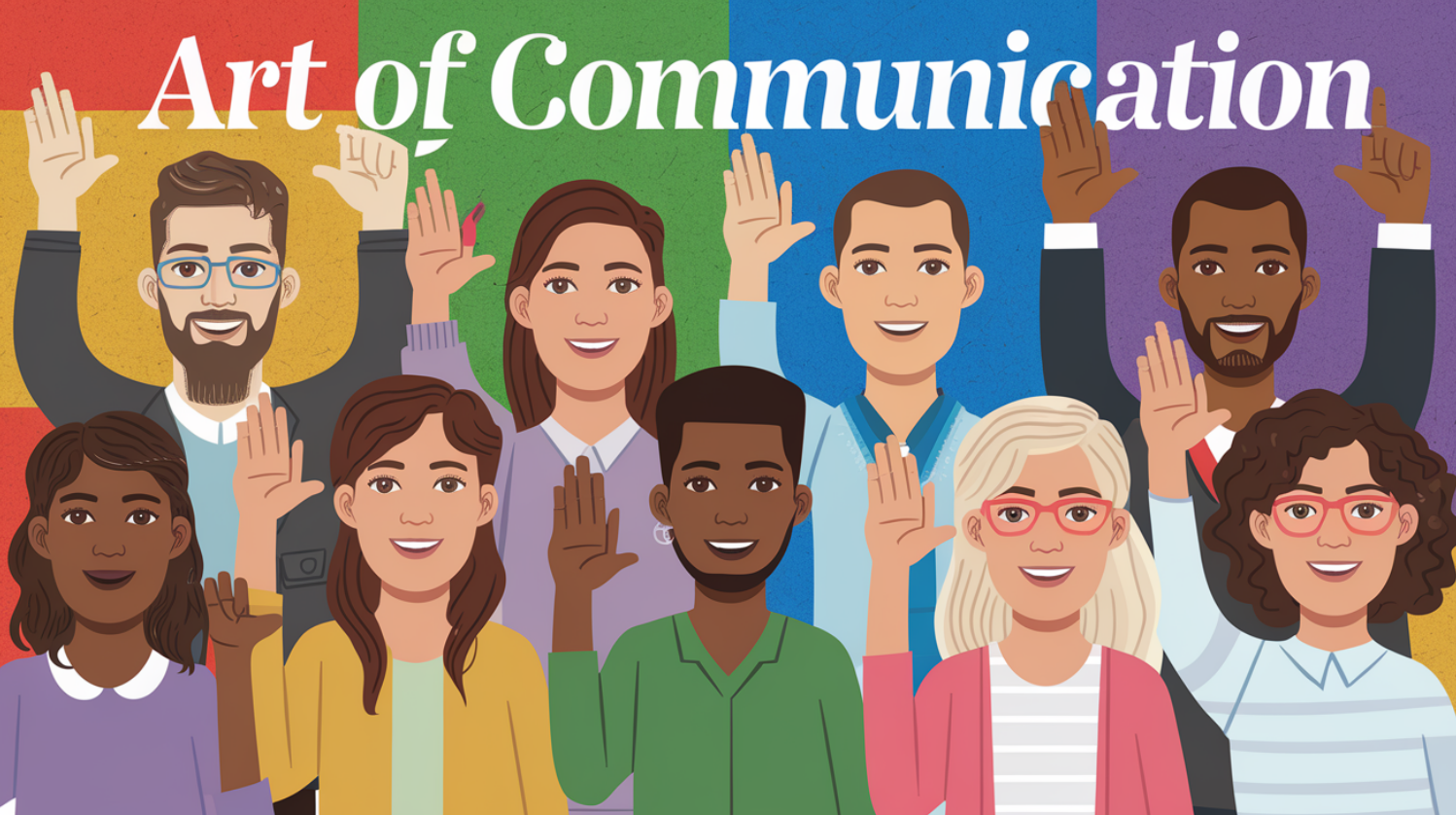Effective communication is a cornerstone of success in both personal and professional settings. Whether you’re giving a presentation at work, having a heartfelt conversation with a friend, or negotiating a deal, the ability to communicate clearly and persuasively can make all the difference. In this article, we’ll explore key strategies for enhancing your communication skills, providing practical insights and examples to help you connect better with others.
Why Communication Matters
Communication is more than just exchanging information; it involves understanding the emotions and intentions behind the message. Poor communication can lead to misunderstandings, conflict, and a breakdown in relationships. On the other hand, effective communication fosters collaboration, trust, and respect.
Benefits of Effective Communication
- Builds Strong Relationships: Good communication enhances your ability to connect with others, building rapport and trust.
- Improves Collaboration: Clear communication encourages teamwork, enabling groups to work toward common goals.
- Enhances Clarity: When you communicate effectively, your audience understands your message, reducing the risk of confusion.
- Boosts Confidence: Strong communicators are often more confident in their interactions, leading to greater success in personal and professional endeavors.
Key Strategies for Effective Communication
1. Active Listening
Active listening is a fundamental aspect of effective communication. It involves fully concentrating on what the other person is saying rather than just waiting for your turn to speak. Here are some tips to enhance your active listening skills:
- Maintain Eye Contact: This shows the speaker that you are engaged and interested.
- Avoid Interrupting: Let the speaker finish their thoughts before responding.
- Ask Clarifying Questions: If something isn’t clear, ask questions to ensure you understand their message.
Example: In a team meeting, instead of formulating your response while a colleague is speaking, focus entirely on their message. This not only helps you grasp their points better but also makes them feel valued.
2. Be Clear and Concise
Clarity is crucial when communicating, especially in professional environments. Aim to express your thoughts in a straightforward manner, avoiding jargon and complex language that might confuse your audience.
- Organize Your Thoughts: Before speaking or writing, take a moment to outline the key points you want to convey.
- Use Simple Language: Choose words that your audience will easily understand.
- Get to the Point: Avoid unnecessary details that can dilute your message.
Example: Instead of saying, “We need to consider implementing a more streamlined workflow to enhance our productivity,” you could say, “Let’s create a simpler workflow to boost our productivity.”
3. Non-Verbal Communication
Your body language, facial expressions, and tone of voice significantly impact how your message is received. Being mindful of non-verbal cues can enhance your communication effectiveness.
- Use Positive Body Language: Stand or sit up straight, use open gestures, and smile to create a welcoming atmosphere.
- Be Aware of Your Tone: Ensure your tone matches your message. A friendly tone can make even constructive criticism more palatable.
- Observe Others’ Cues: Pay attention to the non-verbal signals of those you’re communicating with to gauge their understanding and feelings.
Example: During a presentation, if you notice that your audience looks confused, consider rephrasing your point or asking if they have questions.
4. Tailor Your Message
Adapting your communication style to suit your audience is essential. Consider the needs, interests, and backgrounds of your listeners to ensure your message resonates with them.
- Know Your Audience: Research who you will be communicating with and adjust your language and examples accordingly.
- Use Relevant Examples: Share anecdotes or examples that your audience can relate to.
- Be Culturally Sensitive: Be aware of cultural differences in communication styles to avoid misunderstandings.
Example: When speaking to a group of engineers, using technical language and industry-specific examples may be appropriate, while a general audience may require a more simplified approach.
5. Seek Feedback
Regularly seeking feedback on your communication style can help you improve. Encourage others to share their thoughts on your clarity, tone, and engagement level.
- Ask Open-Ended Questions: Inquire how your message was received and if anything could be improved.
- Be Open to Criticism: Accept feedback graciously and use it to refine your skills.
Example: After giving a presentation, you might ask, “What parts of my presentation were clear, and where could I improve?”
Conclusion
Mastering effective communication is an ongoing process that requires practice and self-reflection. By actively listening, being clear and concise, utilizing non-verbal cues, tailoring your message, and seeking feedback, you can enhance your communication skills and foster better relationships in both your personal and professional life. Remember, the key to successful communication lies in your ability to connect with others and convey your message with clarity and purpose.

